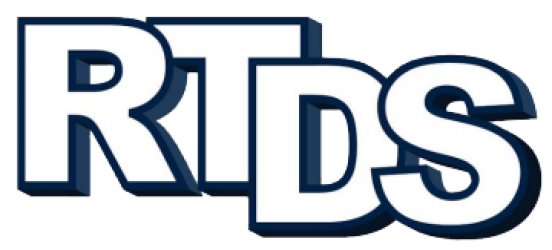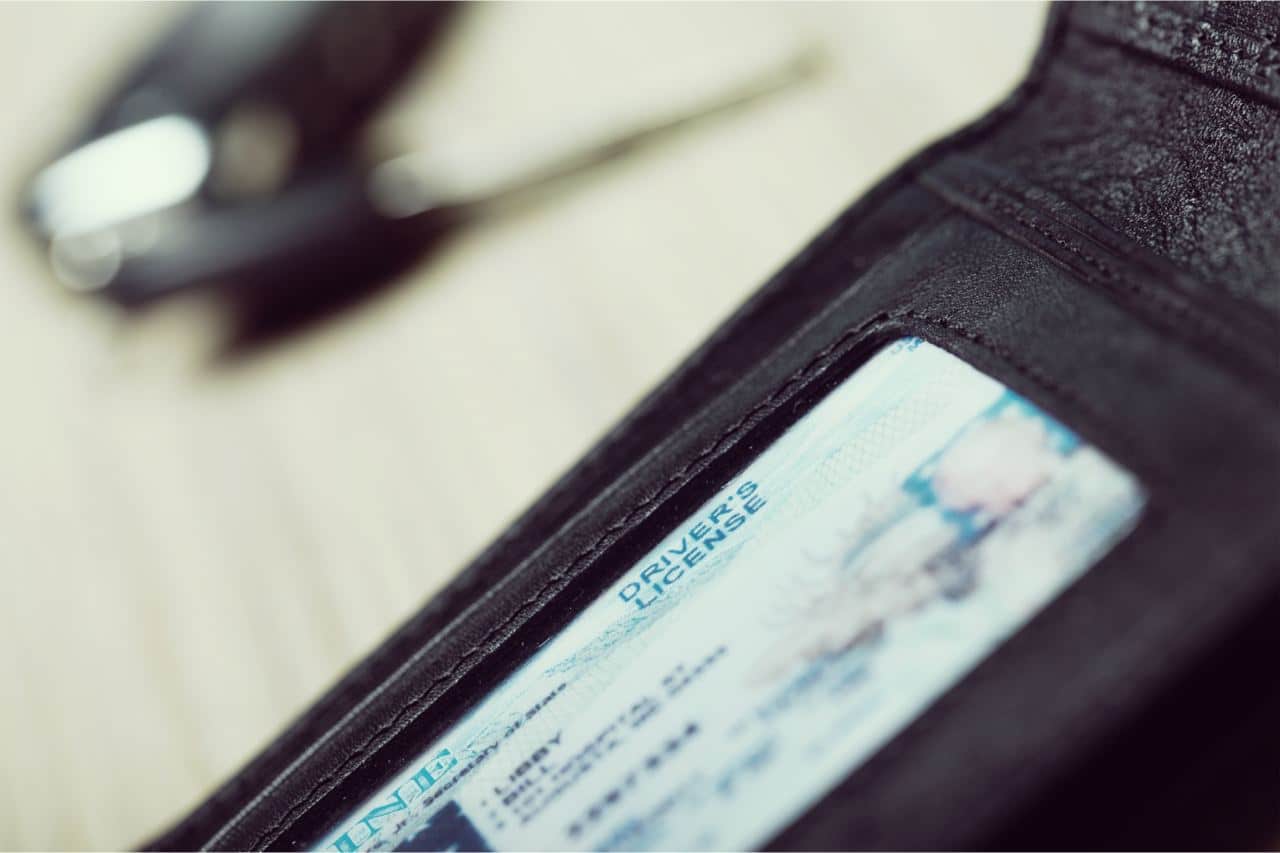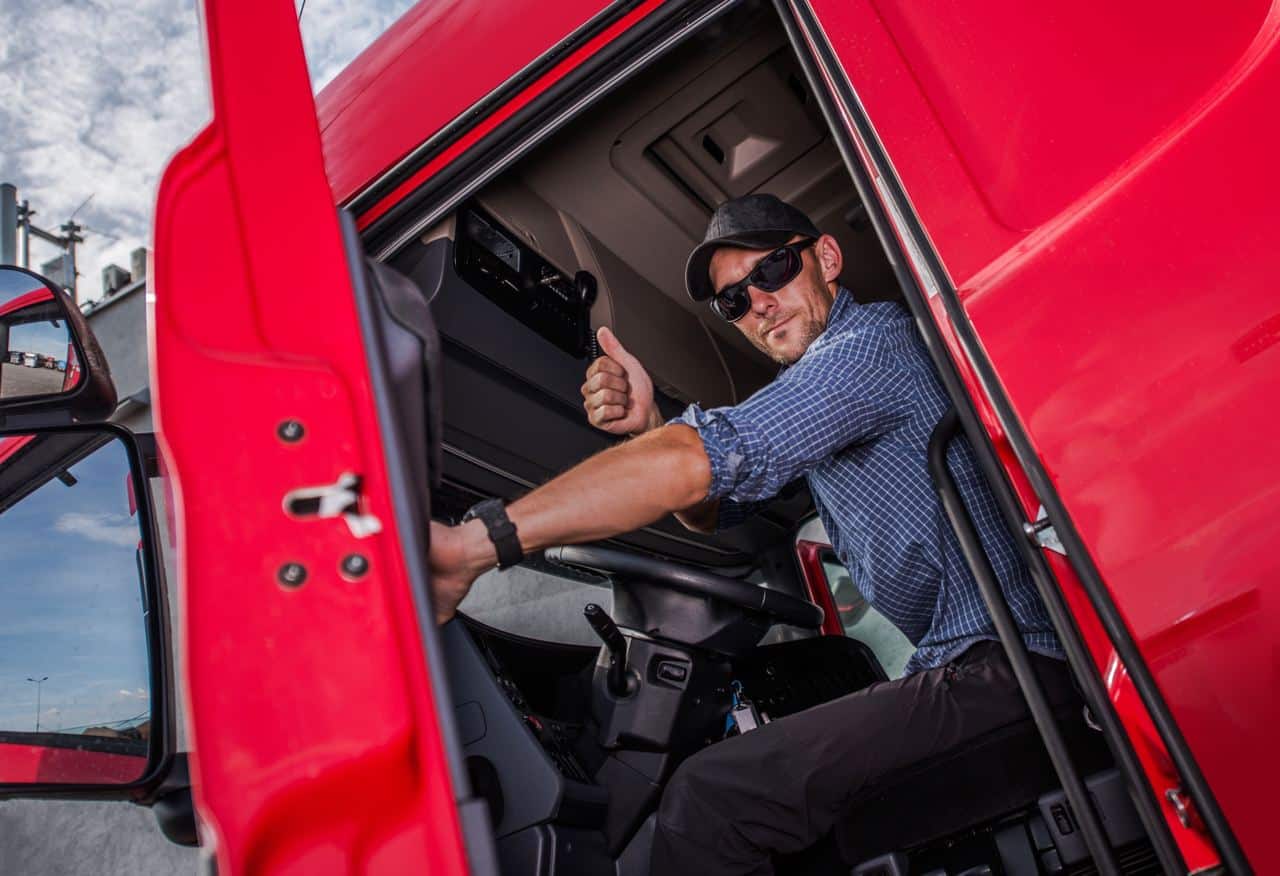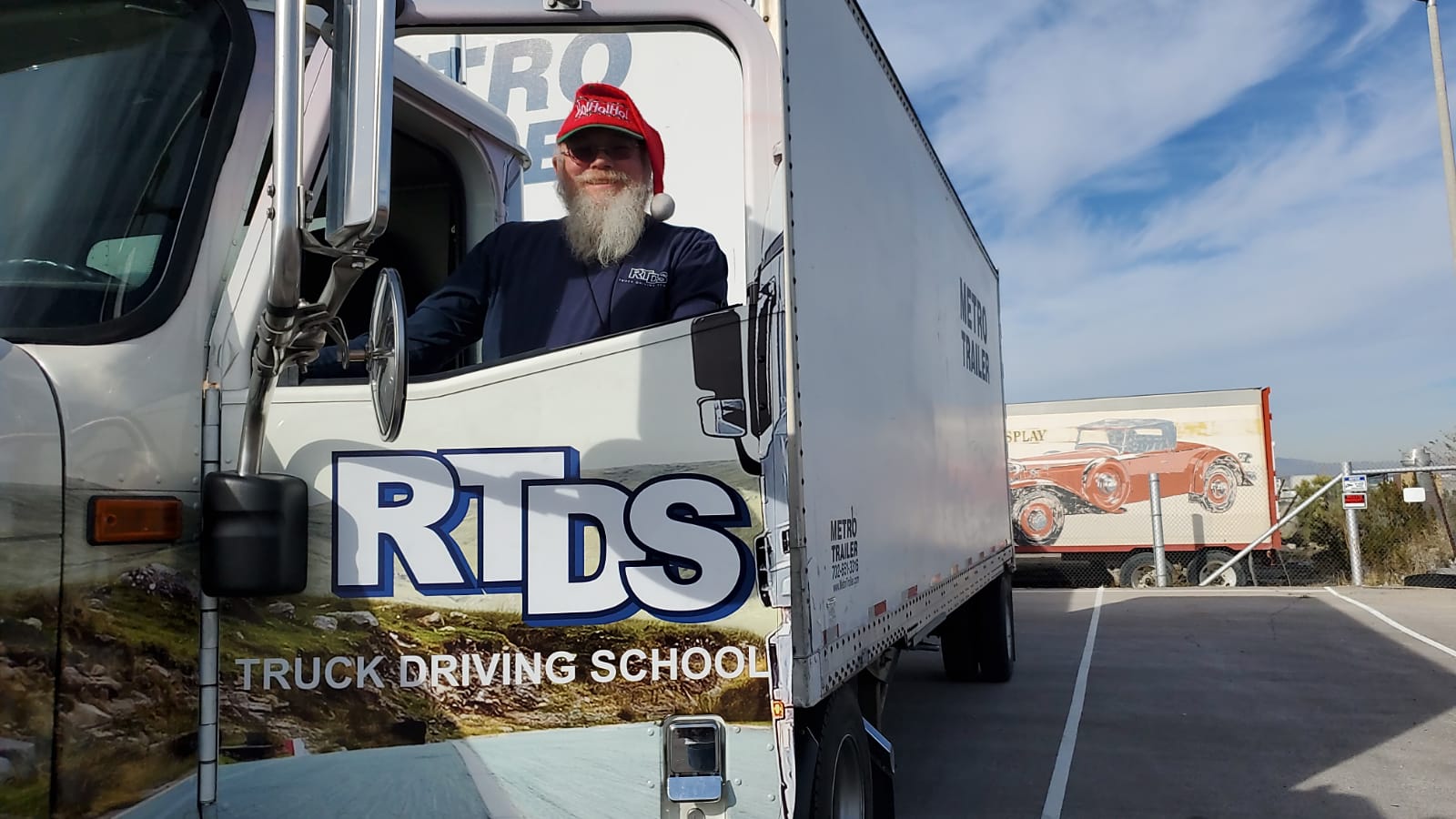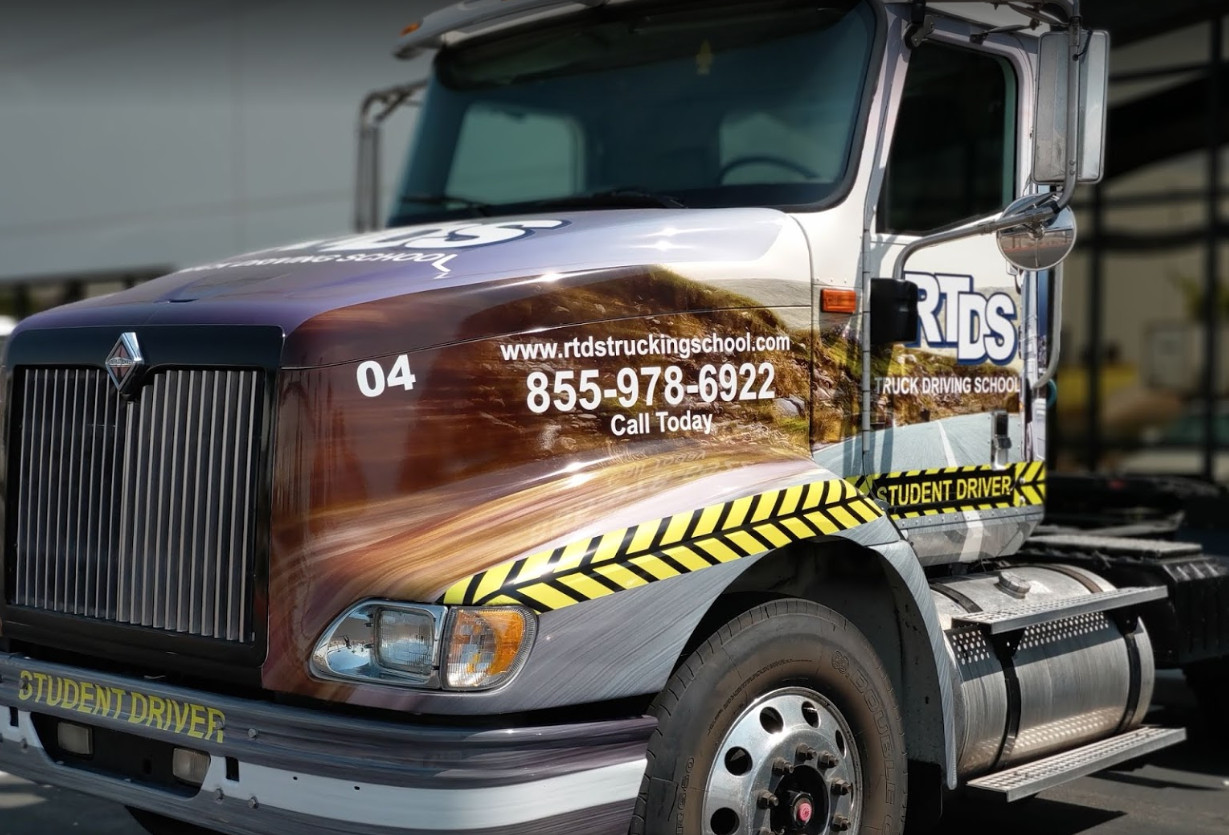When it comes to commercial driving, a Commercial Learner’s Permit (CLP) is an essential step in obtaining a complete Commercial Driver’s License (CDL). It serves as an intermediate measure during training and allows aspiring drivers to get some necessary practice under their belts.
To secure this permit, applicants must meet specific state requirements set by the Department of Motor Vehicles (DMV) or licensing authority. They include age requirements, residency proofing, and identity proofs like medical records.
The primary objective of the CLP is to help you gain practical experience and learn the skills required for operating a commercial vehicle safely, but here’s the catch: Individuals possessing only a CLP must have someone with valid CDL authorization along with them while practicing drives, and there could be regulations concerning location type(s), vehicle types allowed during practice.
Understanding the CDL Written Test:
Obtaining your commercial driver’s license (CDL) can be complex and lengthy. Preparing for the written test is an essential part of the journey, and there are some practical ways to achieve this goal.
- Focus on key topics such as general knowledge, air brakes, and combination vehicles during preparation.
- Firstly, get yourself a CDL manual from your state’s Department of Motor Vehicles (DMV). The guide has all the information that you need to know for acing the exam, so make sure to study it well.
- Use online resources like practice tests to familiarize yourself with possible questions.
- Create a study plan and allocate sufficient time per topic.
- Enroll in dedicated programs that provide tailor-made education for prospective commercial drivers.
Applying for a Commercial Learner’s Permit (CLP):
Obtain a CLP (Commercial Learner’s Permit) before earning your CDL. CLP permits you to legally practice driving under restricted conditions for commercial purposes.
Here’s how:
Gather all the correct documents, including proof of identity and residential status, Social Security number, and DMV-specified paperwork.
Next up? Visit your local DMV office, complete necessary paperwork, and pay applicable fees to secure a permit. Complete any necessary paperwork, present mandatory documentation (as listed above), then pay all applicable fees.
A written test covering general knowledge and air brakes is administered during the initial process. Preparation through study from helpful tools such as CDL manuals is essential – amongst other resources like mock tests.
Consider also applying for endorsements if required (such as hazardous ones). One ought to be aware that additional requirements such as written tests/other forms may need testing too- depending on the endorsement type wanted
Lastly: Be aware of restrictions with your newly attained Commercial learner’s permit. Be aware of restrictions with your CLP, such as needing supervision from a licensed CDL holder while practicing driving.
Resources that can assist in the preparation
Preparing for the Commercial Learner’s Permit (CLP) and Commercial Driver’s License (CDL) tests can be daunting, but there are many resources to help you. Here are some recommended resources:
Mobile Apps:
- CDL Practice Test 2023: An app with practice tests covering various topics and endorsements, offering multiple-choice questions and explanations.
- DMV Genie CDL Prep: This application offers an in-depth, comprehensive study guide alongside helpful practice exams covering all the necessary material needed for the test.
Reading Materials:
- CDL Manual: Your state’s DMV manual contains essential information on rules, regulations, and best practices for commercial driving. Obtain a hard copy or access it electronically through the DMV website.
- Commercial Driver’s License – Certification Guide: This book offers detailed knowledge of the CLD requirements process, including testing requirements and explanations with mock question examples.
Online resources:
They do exist to help you prepare for your CDL written test, and here are some of the most helpful ones available.
- Firstly, visit the DMV websites for your state in order to access well-maintained study materials specifically designed for those preparing for a written CDL exam.
- Another fantastic fast option is using one of the several online sites which provide free practice test simulations based on real questions covering all relevant topics that you will face during an official test.
- If reading about it feels boring and difficult, then youtube could be a great option for you as various tutorial videos are there on how to prepare effectively – they offer explanations, tips, and visual aids on different sections, helping make interpretation easier.
Mind you, these sources can definitely aid with preparation while studying regularly from your state’s provided official CDL manual remains key. It is also crucial that future drivers understand specific regulations within their preceding states because each state has its specified requirements essential to passing any related exams.
